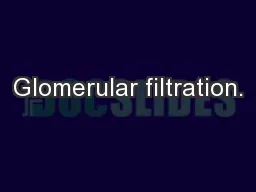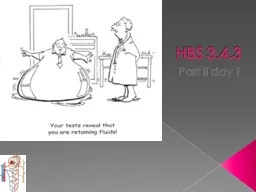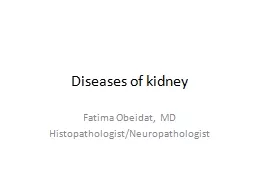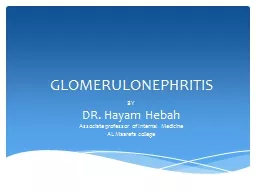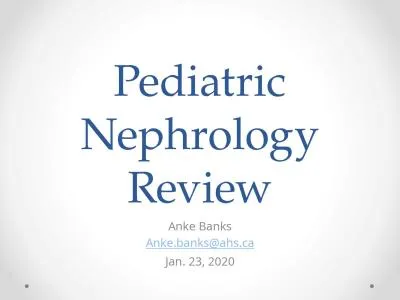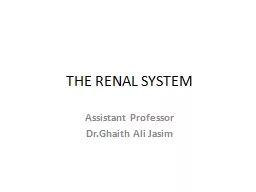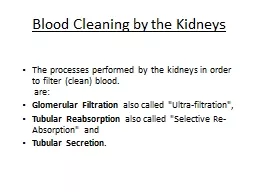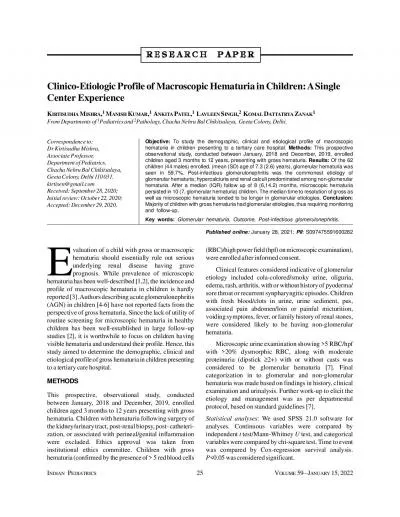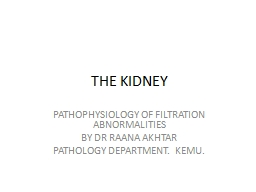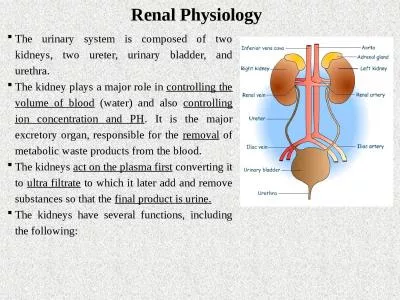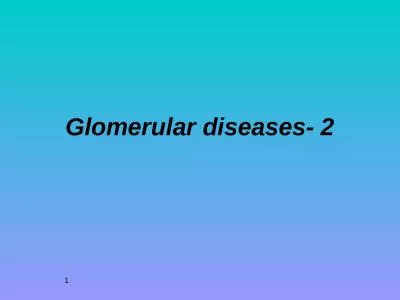PPT-Glomerular Diseases Dr Rebecca Martin F2
Author : marina-yarberry | Published Date : 2020-04-03
Learning objectives Appreciate the fact that glomerular diseases fall onto a wide spectrum Be able to define the nephritic and nephrotic syndromes Understand the
Presentation Embed Code
Download Presentation
Download Presentation The PPT/PDF document " Glomerular Diseases Dr Rebecca Martin ..." is the property of its rightful owner. Permission is granted to download and print the materials on this website for personal, non-commercial use only, and to display it on your personal computer provided you do not modify the materials and that you retain all copyright notices contained in the materials. By downloading content from our website, you accept the terms of this agreement.
Glomerular Diseases Dr Rebecca Martin F2: Transcript
Download Rules Of Document
" Glomerular Diseases Dr Rebecca Martin F2"The content belongs to its owner. You may download and print it for personal use, without modification, and keep all copyright notices. By downloading, you agree to these terms.
Related Documents


